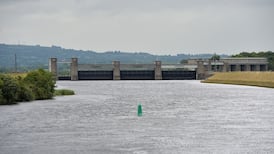I found this 10cm-tall mushroom in our local park on 17th November 17th. Its top is almost transparent. Do you know what it is? John Hamill, Dublin
According to mycologist Hubert Fuller, this beautiful delicate mushroom is one of the inkcap group – so fragile it typically lasts less than a day before collapsing. This is a species of Parasola – probably Parasola plicatilis, the “pleated inkcap”. The cap is usually 1-3cm in diameter and the stem up to 8cm tall – occurring singly or in small groups, growing in short grass, on lawns, verges and woodland edges. It is common, widely distributed and usually found from late summer to late autumn.
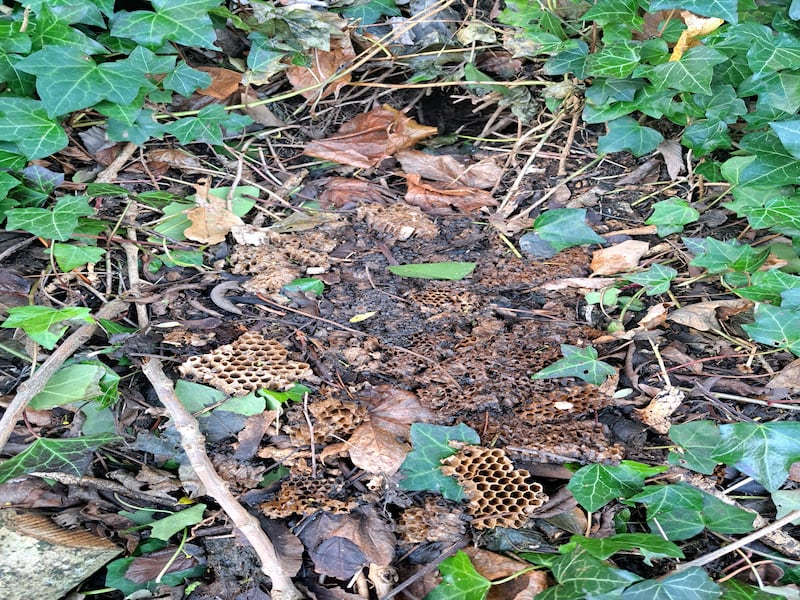
An animal raided the wasp’s nest in our garden last summer and left a trail of hexagonal structures behind. What would raid a wasp’s nest and why? Emma McMahon, Co Louth
Being underground, this was a nest of either the common or the German wasp. It was getting to maximum size at that time. Wasps make their nest from paper; if it gets wet, the structure will be affected. There probably was rain in the previous few days and the nest had collapsed inside, making it vulnerable to attack. The small entrance burrow at the top of the photo means that the most likely culprit was a rat who reduced it to smithereens. The developing larvae provided him with a good meal.
READ MORE
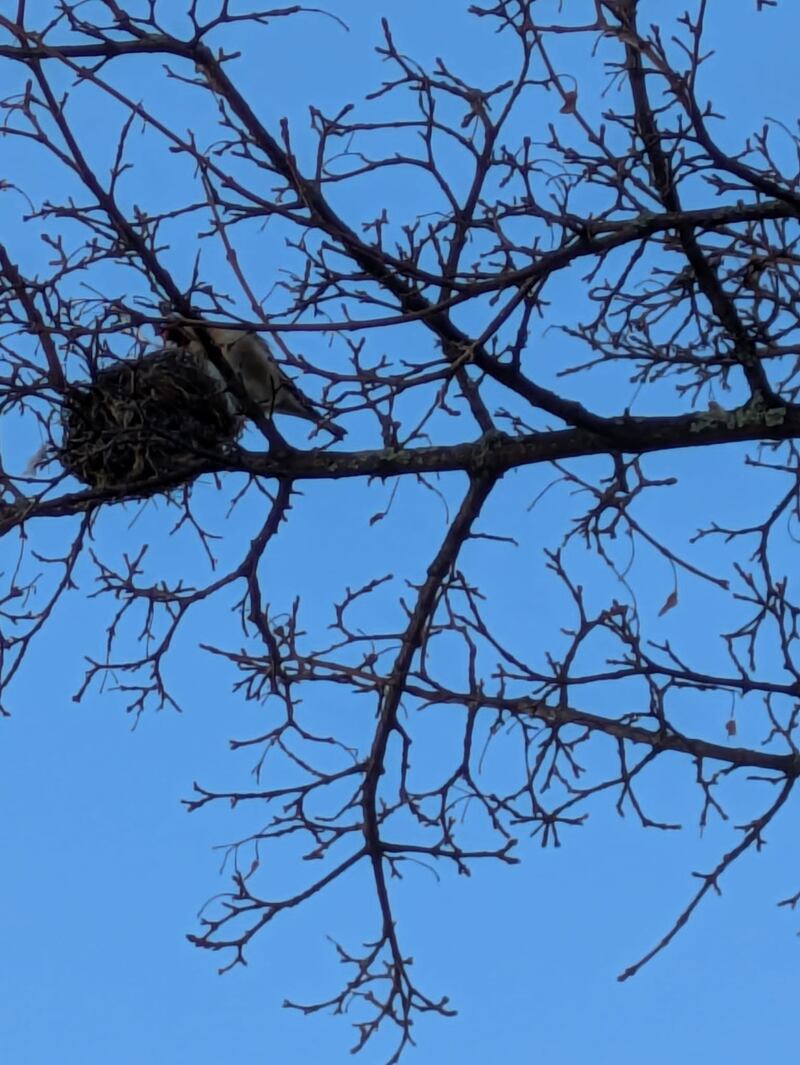
I spotted this is a goldfinch building a nest in Kilmacud in mid-January. Is this not very early indeed? M Harding, Stillorgan
It is indeed. Goldfinches typically build nests towards the end of branches rather than in dense cover, and the nesting season is usually from April onwards. While it is illegal to photograph nests containing eggs or chicks, this is not the case here as there will not be eggs or chicks in the nest until the leaves come on the tree and there are insects and flower seeds available to feed the young.
[ The miniature world of micromothsOpens in new window ]
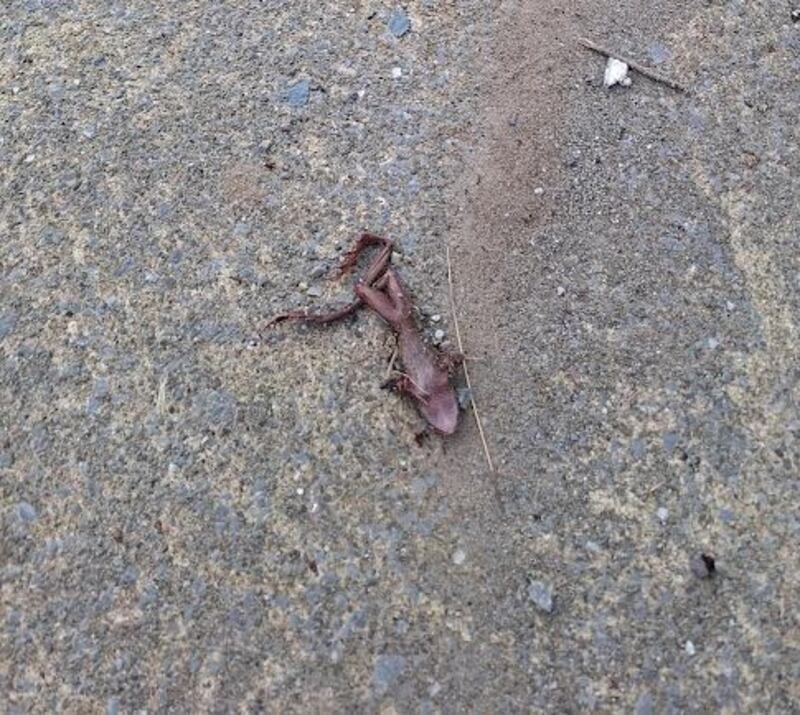
Aisling Nic an tSitigh from Dunchaoin sent in the following update on the frog spawn that she discovered in her pond on December 18th:
My frog spawn of December 16th did not survive the snow and ice of the second week of January, but the indefatigable breeding frogs did and have been at it lustily all January. However, Storm Éowyn did for the females. There was mighty rain before the wind came and mating was in full swing. My female frogs visit from a field that has been mulched and has a red colour, so they are red too for camouflage. Very thin after spawning, they were returning to the field to feed when the wind caught them, lifted them up and slammed them down on the concrete, killing them. I counted 30 dead bodies there next morning.
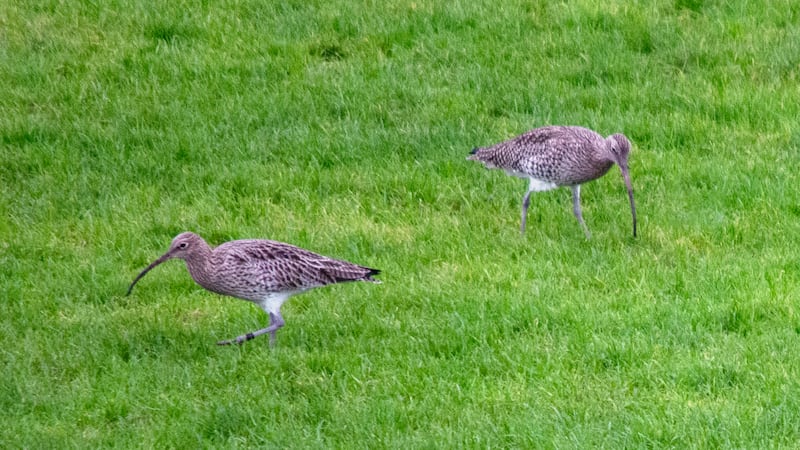
These are two of a flock of about 100 curlews that appeared on a rugby pitch at Gonzaga College. This has happened in past years too – they descend on the pitch, trawl it for food, then depart. Is a football field not an unlikely dining option for these wetland birds? Dermot Roantree, Dublin
The curlews see a rugby pitch differently to sports’ players and spectators. It is a rich source of food for them. These wading birds probe unfrozen mud and soil with their long bills to feed on the earthworms down below. Well-used rugby pitches have very close-cut grass and are easily probed. Our curlew numbers are greatly increased each winter by thousands of winter visitors from northern Europe. The ring on the leg would give chapter and verse of that bird’s origin.
Please submit your nature query, observation, or photo, with a location, via irishtimes.com/eyeonnature or by email to weekend@irishtimes.com








